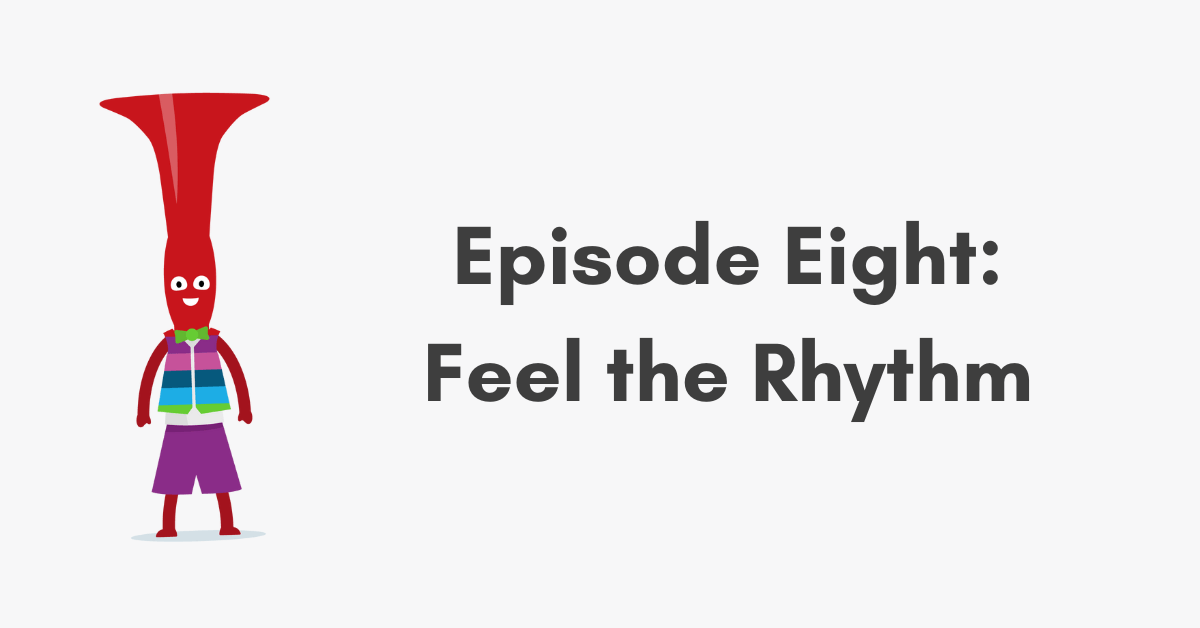
Topics:
January 5th, 2024
2 min read

Hello, teachers! In episode eight of the pBuzz Primary Resources video overviews, we're tapping into the rhythmic heart of music with our Feel the Rhythm topic.
The pBuzz Primary Resources are designed to give teachers all the tools they need to deliver pBuzz whole-class learning across two years of work. The free resources include presentations, backing tracks, lesson plans, cross-curricular activities, and much, much more.
The scheme of work covers the entire National Curriculum for Music at Key Stage 1 in England and Wales, but if you are an educator, or even a parent or guardian, there are plenty of tips, tricks, and learning materials to get stuck into.
This video overview from pBuzz ambassador Susie Riddell gives you a complete rundown of what to expect in the second topic of year two, created for children aged six and up.
Grab the planning documents, and let's dive in!
We're revisiting duration - the backbone of rhythm. It's our second round in this spiral curriculum, and it's time to jazz things up with some musical terms. Long notes? Meet minims. Short notes? Say hello to crotchets. Together, they create the magic we call rhythm.
1. Recapping Duration: Ensure all your pupils recall the concept of duration. Introduce 'minims' and 'crotchets' to replace long and short notes, setting the stage for future staff notation learning in Key Stage 2.
2. Copyback Technique: Engage in a call-and-response pattern exercise. Start with a simple pattern and aim for an immediate response from the class. This not only reinforces rhythm but also enhances timing and listening skills.
3. Body Rhythms: Get creative and a bit physical in this lesson. Let pupils create rhythmic patterns using their bodies. Think of it as a music-infused PE session, but remember: safety first!
4. Improving pBuzz Performances: This lesson is all about refining rhythm in pBuzz playing. Use the guide track for comparison and focus on rhythmic precision. Incorporate body movements for a more tactile learning experience.
5. Consolidation Challenge: Test if pupils can play along with the backing track without the guide. It's okay if it doesn't go as planned; it's about trying, learning, and improving.
As we wrap up Feel the Rhythm, remember that teaching music is about nurturing a sense of rhythm that goes beyond mere notes. Encourage your pupils to feel the rhythm in their bones and express it through their pBuzz.
Adam is the Content Manager at pBone Music. This should mean that he’s the ideal person to write about himself, but he finds boasting in the third person a little awkward. He honed his word wizardry with a degree in English Language and Literature at the University of Leeds. He has since written copy for clients and businesses across the land, from awards to something beginning with “z”. He also spent a number of years as a musician. He has written pop songs and even jingles for kids, performed more first dances at weddings than you could shake a pBuzz at, and once played a gig for a pie company at The Etihad Stadium in Manchester. When he’s not reminiscing about those good old days, you might find Adam enjoying the football (although as an Everton fan, that can be difficult). He also loves spending time with his partner, Jen, and his family and friends, and sincerely hopes they feel the same way.
Topics: